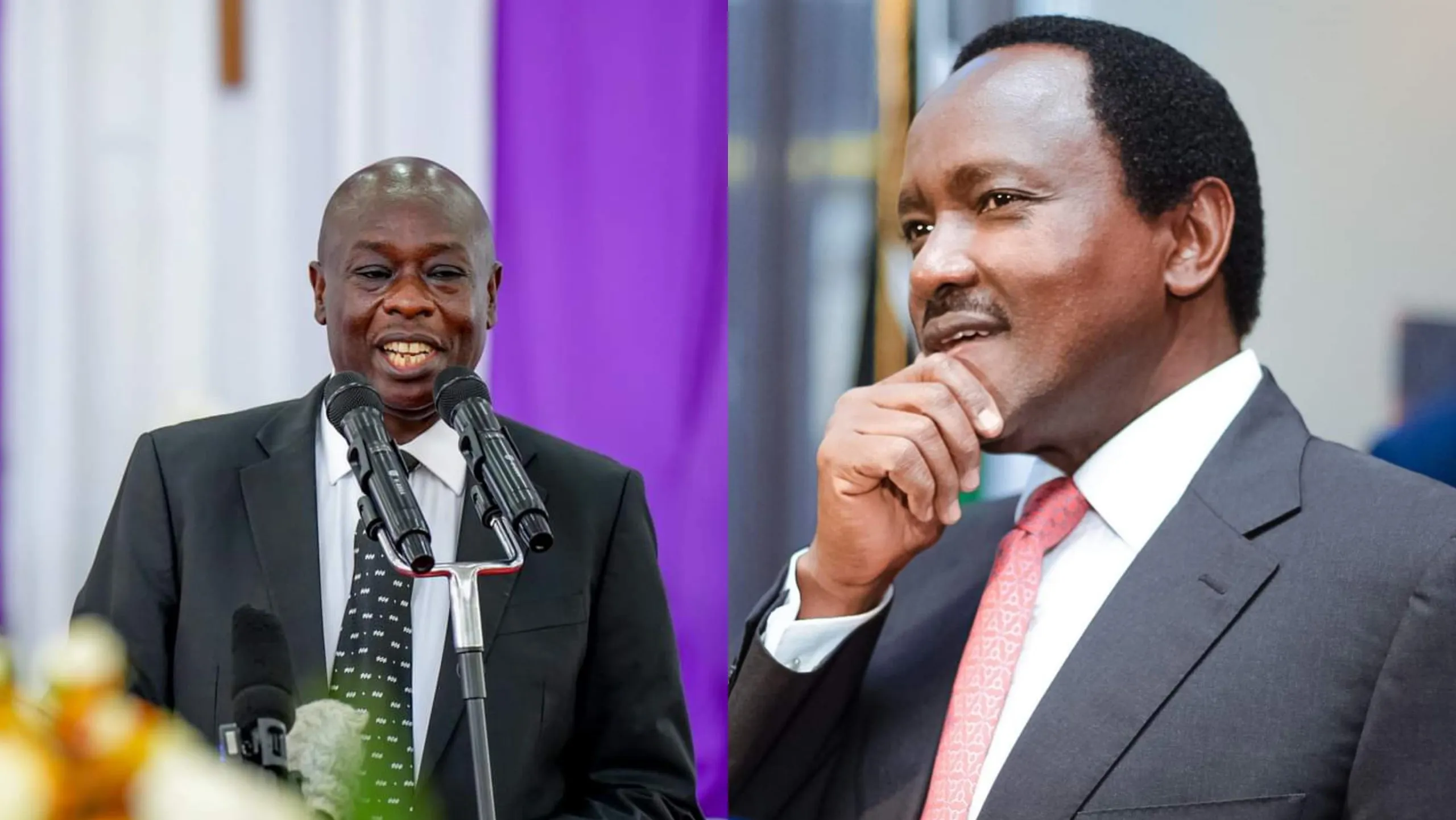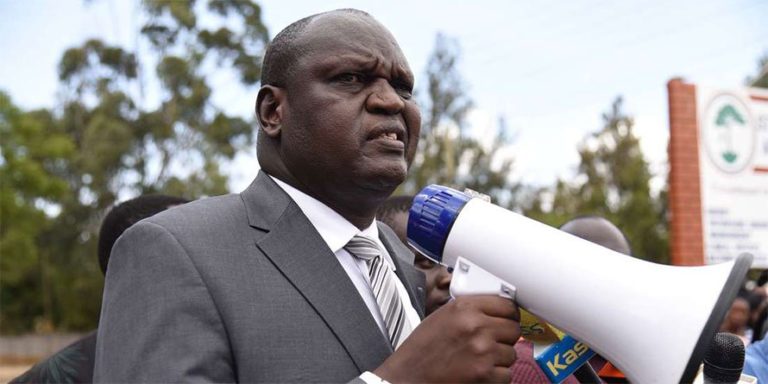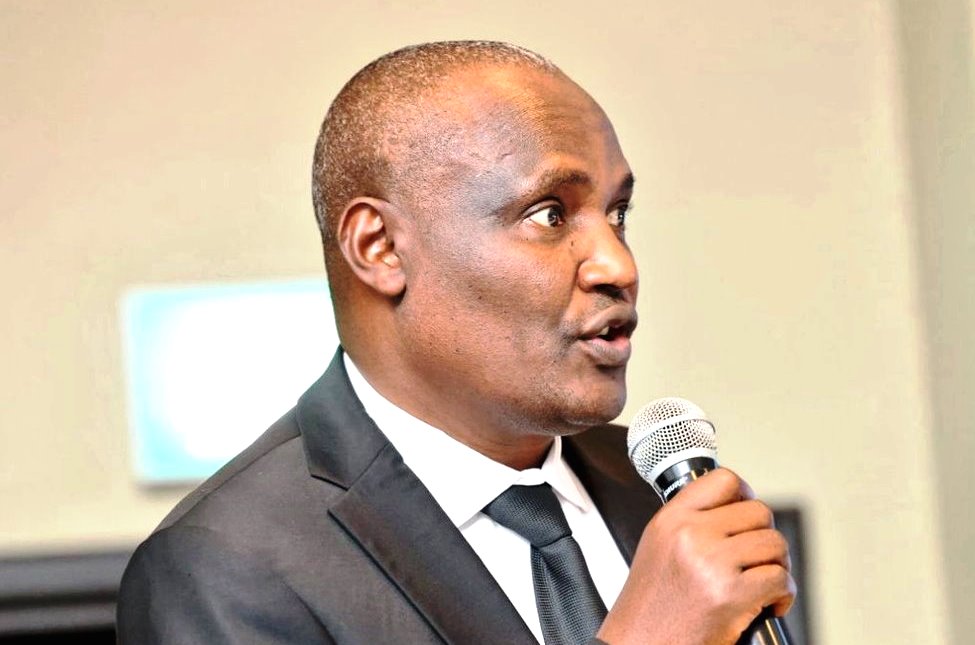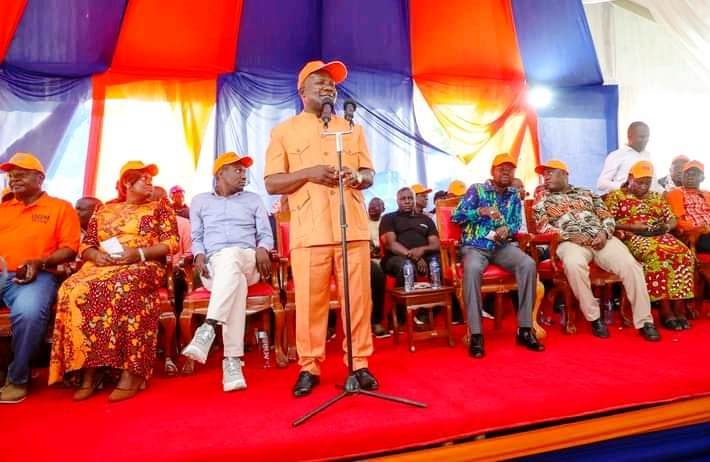By TWV Team
In a move that has reignited speculation about shifting power dynamics ahead of the 2027 General Election, former Deputy President Rigathi Gachagua recently paid a quiet yet telling visit to Wiper Party leader Kalonzo Musyoka’s rural residence in Tseikuru. What raised eyebrows across Kenya’s political landscape was not the meeting itself, but the glaring absence of other key opposition leaders, Martha Karua, Fred Matiang’i, and Jeremiah Kioni. The silence of these seasoned figures speaks volumes.
Sources now confirm that behind the pleasantries, a strategic pact is being shaped: a Kalonzo-Gachagua presidential ticket, with Kalonzo as the flagbearer and Gachagua positioned as his deputy should he survive current impeachment efforts in the courts. The proposal has gained significant support within opposition circles. However, it is also prompting dissent.
The Mount Kenya region, Gachagua’s stronghold, has begun to voice discomfort. Many leaders argue that Gachagua, from Kenya’s vote-rich highlands, should head the ticket instead. Within this camp, however, a more nuanced debate is emerging, one that champions ethnic inclusivity. Here, Eugene Wamalwa’s name is being floated as a potential deputy, signalling a desire to broaden appeal beyond the GEMA (Gikuyu, Embu, and Meru Association) base.
Meanwhile, a second powerful bloc, helmed by former Interior Cabinet Secretary Fred Matiang’i and backed by ex-President Uhuru Kenyatta, is charting an entirely different course. The Matiang’i-Uhuru alliance appears to be quietly laying the groundwork for an independent run, seeking a viable running mate from either Mount Kenya or Western Kenya. Insiders say Matiang’i remains committed to his bid and is unlikely to step aside for either Kalonzo or Gachagua.
Adding further intrigue is Martha Karua’s lone stand. She reportedly believes Mount Kenya must produce a presidential candidate in 2027 and sees herself as the region’s most credible choice. Her stance adds yet another layer of fragmentation to an already divided opposition.
And then there is the fourth camp, perhaps the most strategically audacious of them all. This faction proposes that all opposition leaders vie for the presidency independently to push the contest into a runoff. Their calculus is clear. They aim to force President Ruto into a second round, and then rally the entire opposition behind whichever candidate emerges to face him.
While these realignments brew, one truth grows harder to ignore, the opposition remains divided, drifting in multiple directions with no consensus on a front-runner. If unity is not forged by next year, observers warn, Ruto could coast to a first-round victory in 2027.
Analysts further caution that most opposition hopefuls, except Matiang’i, hail from the GEMA community. This renders the opposition vulnerable to accusations of ethnic insularity, in stark contrast to Ruto’s cultivated image as a leader with cross-regional support. As 2027 draws nearer, one thing is certain, Kenya’s political chessboard is shifting rapidly, and not everyone is playing by the old rules.





